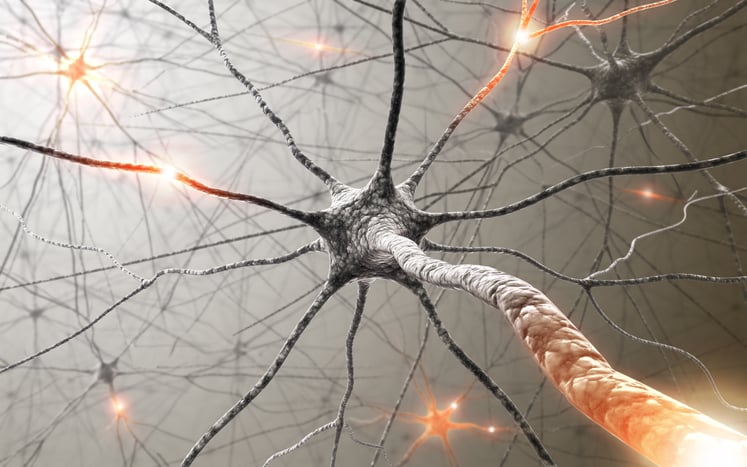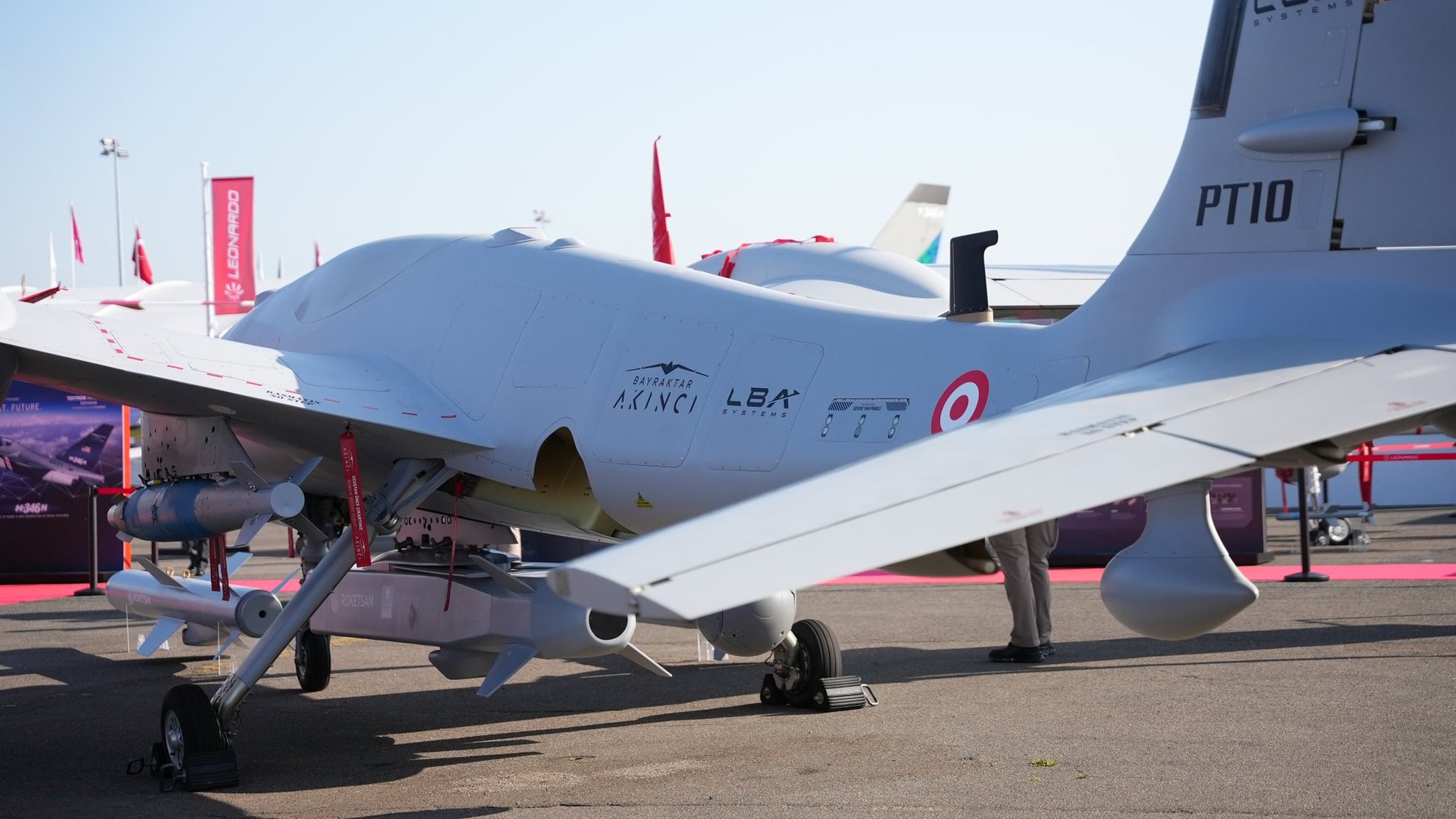AI-mediated translation presents two possible futures for academic publishing in a multilingual world
by Tatsuya Amano, Lynne Bowker, Andrew Burton-Jones As the availability and performance of artificial intelligence for language editing and translation continues to improve, we can imagine a future in which everyone can use their own language to write, assess, and read science. The question is, how can we achieve it? As the availability and performance of AI for language editing and translation continues to improve, we can imagine a future in which everyone can use their own language to write, assess and read science. The question is, how can we achieve it?
by Tatsuya Amano, Lynne Bowker, Andrew Burton-Jones As the availability and performance of artificial intelligence for language editing and translation continues to improve, we can imagine a future in which everyone can use their own language to write, assess, and read science. The question is, how can we achieve it? As the availability and performance of AI for language editing and translation continues to improve, we can imagine a future in which everyone can use their own language to write, assess and read science. The question is, how can we achieve it?

























































































![The Weekly Break Out Ep. 22: How the US hit Iran, and spooky space moves [Video]](https://breakingdefense.com/wp-content/uploads/sites/3/2025/06/250622_b2_takeoff_USAF-scaled-e1750776866152.jpg?#)















































